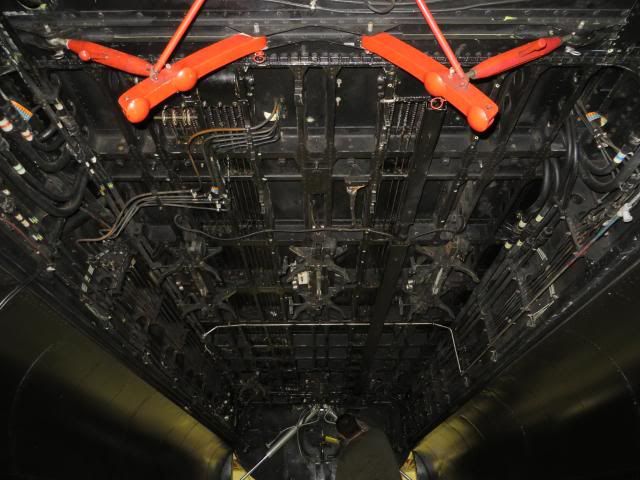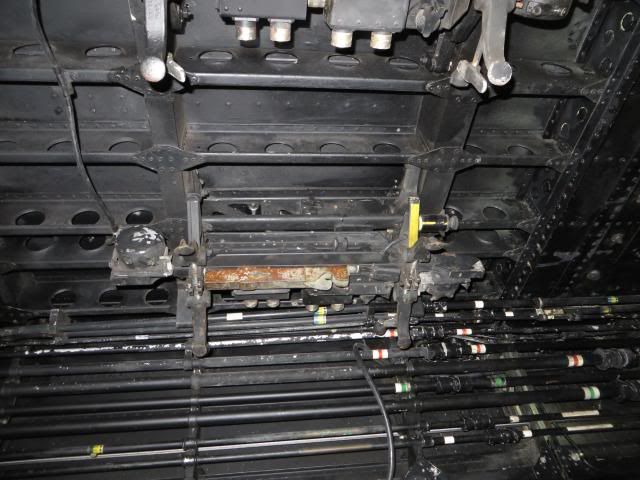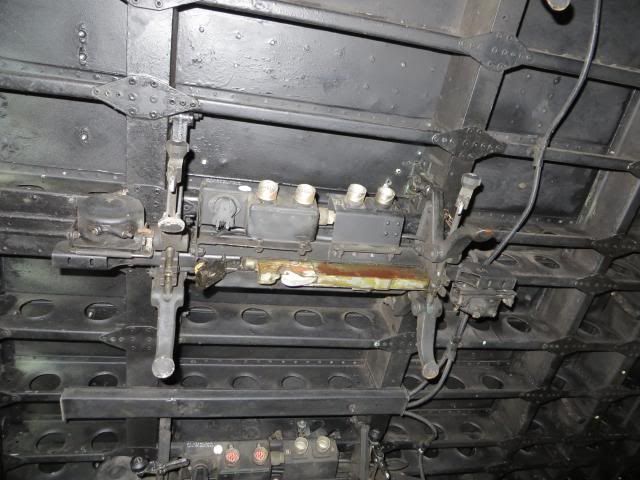jeffmorgan
Member
Hi All. I posted an inquiry last December regarding the arming of the Upkeep mine [Bouncing Bomb] I was trying to find out how the mines where armed, I understand now that the hydro-static fuses would have been set by ground crew, but the self destruct fuses according to author John Sweetman in his book "The Dambusters" would be set after crossing the Dutch coast and that would be carried out by one of the crew. This factor he points out was the reason why Squadron Leader Barlow's
Upkeep did not explode when his Lancaster crashed after hitting high tension electricity cables, they must have forgotten to arm the device? the bomb rolling clear and photographed and annualized by the Germans [ The best and most detailed drawing of Upkeep is in fact German]
The self destruct fuse which was fitted in the centre of the side plate of the mine [starboard] would start to count down it's 90 second delay when a lanyard was pulled by the action of the caliper arms that would swing outwards on release.
Now if this fuse was to be armed by a crew member and one looks at the position of the bomb which was slung underneath the Lancaster it would be be almost impossible to get at ! and the use of a lanyard says that it was purely a mechanical operation, and not electrical ?.
Personally I can not see the season of physically arming the self destruct fuse and would have thought that it would have been inert until the lanyard was pulled starting its destruction sequence?. I am not an explosive or fuse expert, I leave that up to you guys, I know that this is a small point, but I find it most conflicting when so many authors who have written on the subject either don't mention arming or differ in their interpretation.
I have written in the past to 617 and Dam Buster societies but have received no replies, so I turn to the experts.
I hope someone can help either from this site or links that i could be sent to. Thank you Jeff Lloyd. Western Australia.
Upkeep did not explode when his Lancaster crashed after hitting high tension electricity cables, they must have forgotten to arm the device? the bomb rolling clear and photographed and annualized by the Germans [ The best and most detailed drawing of Upkeep is in fact German]
The self destruct fuse which was fitted in the centre of the side plate of the mine [starboard] would start to count down it's 90 second delay when a lanyard was pulled by the action of the caliper arms that would swing outwards on release.
Now if this fuse was to be armed by a crew member and one looks at the position of the bomb which was slung underneath the Lancaster it would be be almost impossible to get at ! and the use of a lanyard says that it was purely a mechanical operation, and not electrical ?.
Personally I can not see the season of physically arming the self destruct fuse and would have thought that it would have been inert until the lanyard was pulled starting its destruction sequence?. I am not an explosive or fuse expert, I leave that up to you guys, I know that this is a small point, but I find it most conflicting when so many authors who have written on the subject either don't mention arming or differ in their interpretation.
I have written in the past to 617 and Dam Buster societies but have received no replies, so I turn to the experts.
I hope someone can help either from this site or links that i could be sent to. Thank you Jeff Lloyd. Western Australia.











